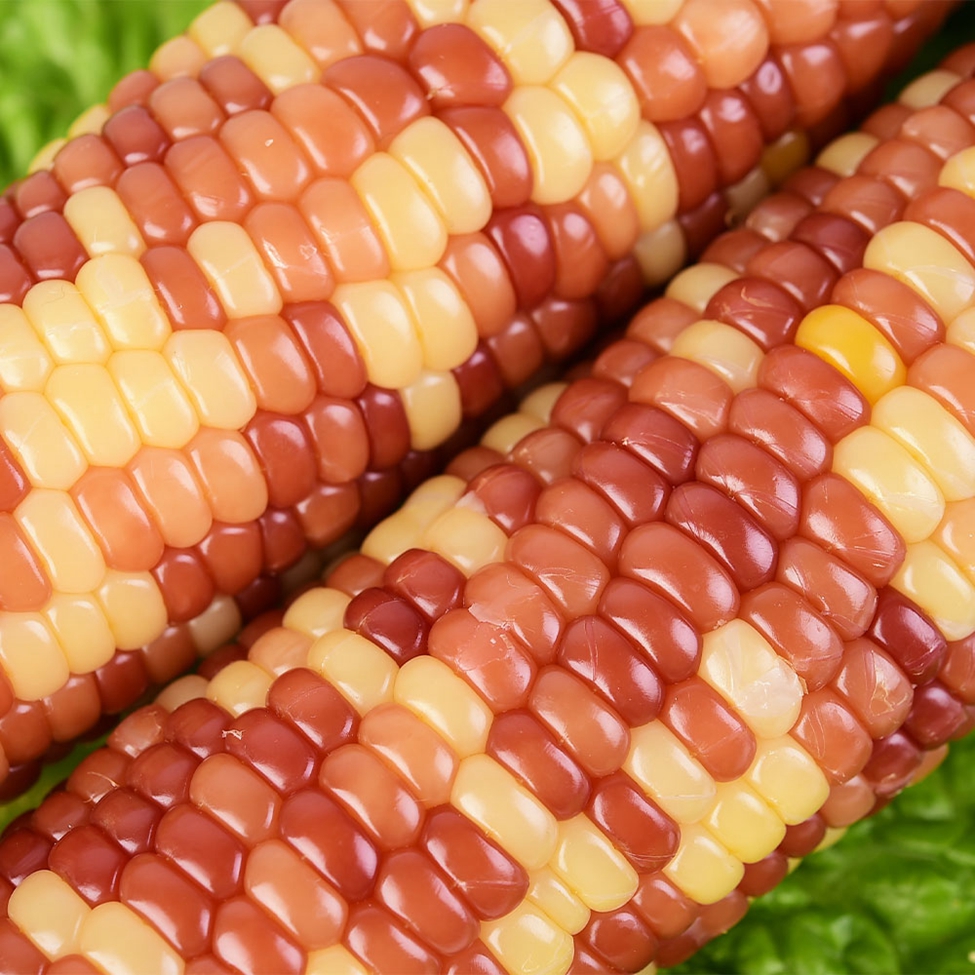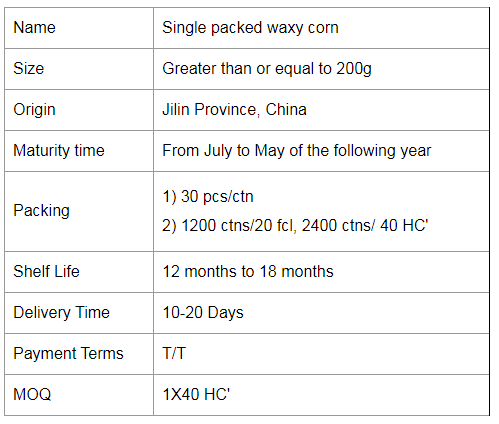The cock after surgical removal of the testis is called a pheasant. The pheasants are docile and fleshy, and they have been feeding in rural China for a long time. With the rise of specialization and intensive chicken farming in the countryside, large groups of pheasants have gradually emerged. In the guidance of professional production, the author summarizes the following aspects of pheasant feeding management techniques for expert discussion.
1. Variety Selection Choose heavy-duty or dual-use high-quality yellow feather and yellow hemp broiler chicken breeds on the market, such as Guangxi Yulin yellow chicken, Xiayan chicken, Henan Gushi chicken and Zhengyang three yellow chickens, etc. Castration.
Second, castration age and feeding management before and after castration prematurely castrated, some males will still retain males after castration, that is, what the masses call "half chicken"; late castration is due to the large testicles make it difficult to operate , excessive bleeding, leading to death. The author thinks that no matter what breed, as long as more than 30% of chickens are crowned with red, howls, and there is a stepping on the hen, you can castrate. During this time, it is imperative to do a good job of feeding and management to ensure the health of the flock in order to avoid missing the best time of cutting because of chicken disease.
A few days before the castration, the necessary immunizations and deworming should be completed at one time. For every group of 300 chickens, calculate the area of ​​required fences and sports grounds according to 10 square meters per square meter, and do a good job of cleaning and disinfecting. It is better to have grassy vegetation and barren hills and fruit trees as sports grounds. In order to prevent chickens from bleeding excessively during the castration procedure, vitamin K35 mg per kilogram of body weight can be added to their feed 3 days in advance to enhance the chicken's coagulation function.
Feeding green feed, preferably artificial pasture, within 10 days after castration of the rooster and reducing the crude protein level of the diet (two percentage points) effectively prevents the production of "half-born chickens". The pheasant has a long feeding period (165 to 185 days before being slaughtered), and its weight gain has a strong compensating ability. Therefore, regardless of the previous ration level, as long as there is sufficient nutrient supply in the rearing period, it can reach the variety standard. body weight. Farmers with forest, fruit, and mountain areas can feed as much as possible agricultural and sideline products such as rice bran, bran, rice, cassava, and corn kernels (wetted) in the early stage of pheasant growth, when the amount of livestock is small. Wait. Intensive breeding will have to reduce the level of diet as much as possible. General energy of 2.62 Mcal/kg and protein of 13% are enough.
Daily management must guard against thieves and prevent chicken colds and respiratory diseases. Because the disease not only affects the growth of pheasants, but also affected by medication, the quality of meat will be reduced.
Third, the cutting techniques must be sophisticated, and the work should be carefully performed. The general selection of the cutting operation should be conducted between 7:00 am and 11:00 am in sunny days. Feed enough water after 11 pm on the day before the operation to catch the chickens to be castrated and place them in a dark, quiet environment. The operation should be quick and accurate during operation. After each chicken was fed a mixture of vitamin k3, vitamin c, and Yunnanbaiyao (which may act as an analgesic, coagulation, and increase resistance, and prompt healing of wounds), they were housed in a chicken house that was covered with straw. Chickens have the property of red consumption, so chickens with bloody wounds must be kept separately to prevent them from being strangled by other chickens. One week later, the chickens were released from the stadium, and the mat grass was cleaned and covered with clean thick sand. Don't use cement floors in the house to prevent the birds from bearing weight and cause foot ulcers.
4. Flexibly control the sale period so that the body size meets the sales requirements. After the chickens are castrated, moulting will be gradually carried out. When they are aged from 135 to 145 days, they need to increase the level of protein and energy in the feed and supplement zinc and manganese to speed up feather growth. In particular, ensure that the tail feathers and back feathers are long
Recommended reading: http://user.zgny.com.cn/Users/index_1_468105.shtml
Single Packed Mottled Waxy Corn
Waxy corn comes in a variety of colours. Some people wonder if waxy corn is a genetically modified product. In fact, it is not. Waxy corn originated in China. It is caused by a genetic mutation. Artificial selection gradually led to the emergence of a type of tannin.
Waxy corn, also known as waxy corn, is sticky corn. The grain has coarse, waxy endosperm, similar to shiny, glassy (clear) grains such as hard and dented corn. Its chemical and physical characteristics are controlled by a recessive gene (wx), which is located on chromosome 9. 100% of the starch in the endosperm is straight-chain starch.
Coloured glutinous corn is generally white, yellow, red, purple and black, with white, yellow and purple corn being the basic colours. Purple and white hybrids naturally become purple if the purple gene "beats" the white gene and vice versa, so if the two tie we see white and purple corn. Purple can turn into red and black corn, or as we often say, "red is purple and black is purple". Of these colourful corn, the most common yellow waxy corn is the most nutritious as it is rich in carotenoids...
Currently, the only genetically modified foods sold on the Chinese market are soybean oil and papaya. Waxy maize is a hybrid variety and is not associated with genetic modification. Therefore, it can be concluded that glutinous maize is a hybrid variety and has nothing to do with genetic modification.
Genetic modification is a type of "genetic engineering" in modern science and technology, which makes use of modern molecular biology techniques. Hybridisation is the mating of individuals of different genotypes to produce offspring that are different from the original "pure" breed. In a sense, it belongs to the natural exchange of genes that can occur in nature.



Colorful Waxy Corn,Colorful Mottled Waxy Corn,Single Packed Mottled Waxy Corn,Single Packed Colorful Waxy Corn
Jilin Province Argricultural Sister-in-law Food Co., Ltd. , https://www.nscorn.com